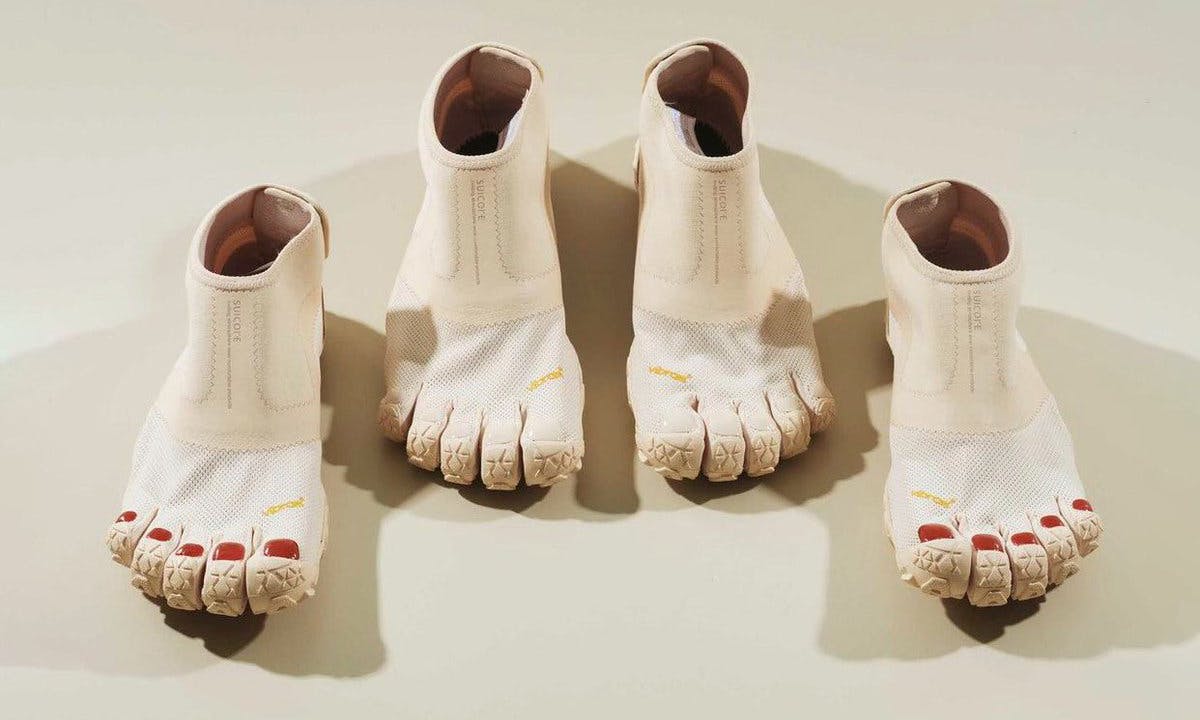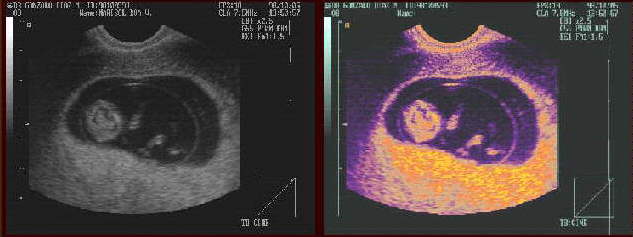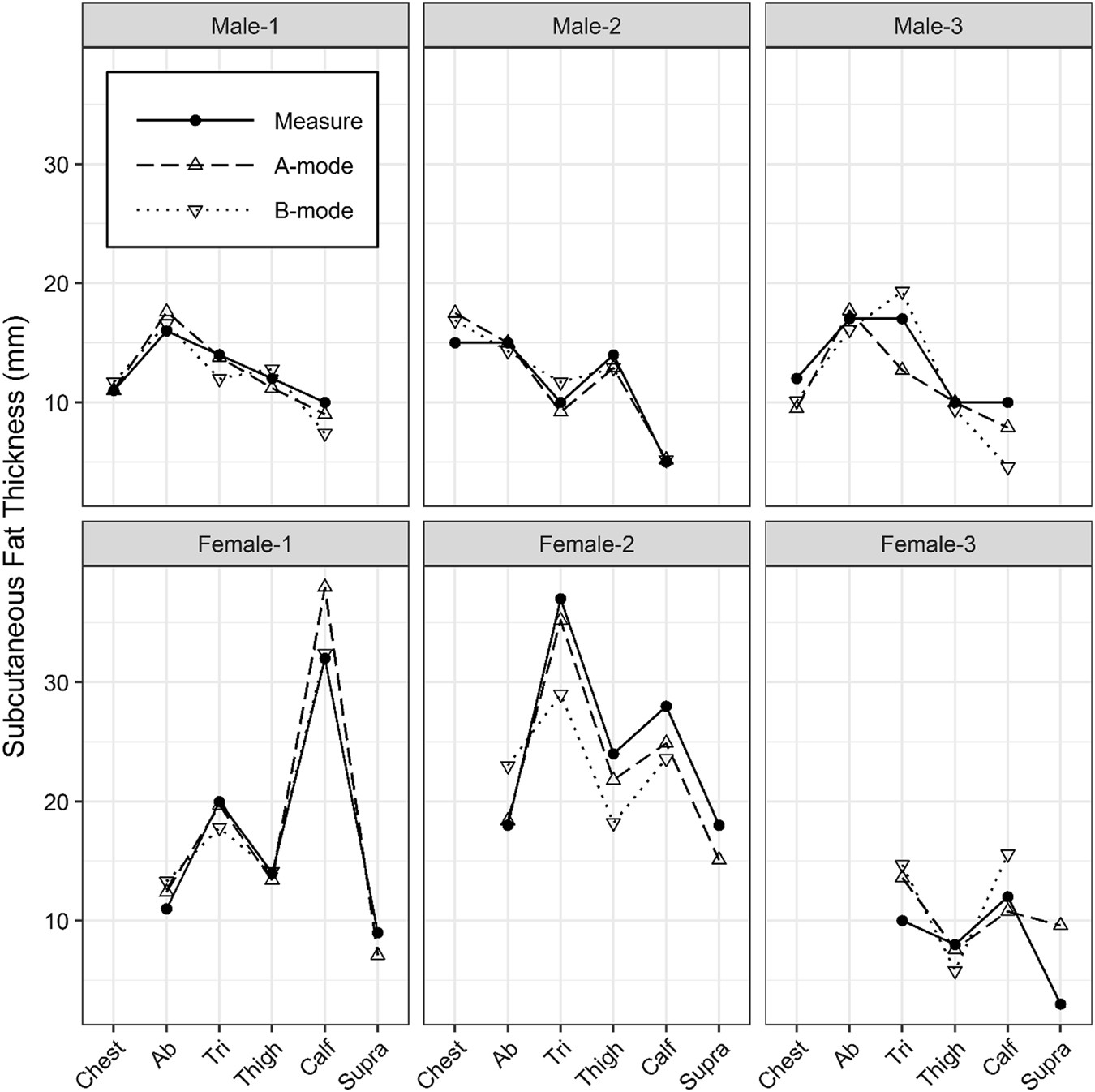Ultrasound and non-ultrasound imaging techniques in the assessment
5 (598) · $ 27.50 · In stock
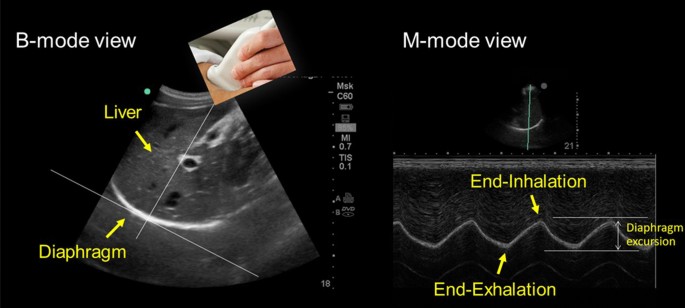
Diaphragm muscle dysfunction is increasingly recognized as an important element of several diseases including neuromuscular disease, chronic obstructive pulmonary disease and diaphragm dysfunction in critically ill patients. Functional evaluation of the diaphragm is challenging. Use of volitional maneuvers to test the diaphragm can be limited by patient effort. Non-volitional tests such as those using neuromuscular stimulation are technically complex, since the muscle itself is relatively inaccessible. As such, there is a growing interest in using imaging techniques to characterize diaphragm muscle dysfunction. Selecting the appropriate imaging technique for a given clinical scenario is a critical step in the evaluation of patients suspected of having diaphragm dysfunction. In this review, we aim to present a detailed analysis of evidence for the use of ultrasound and non-ultrasound imaging techniques in the assessment of diaphragm dysfunction. We highlight the utility of the qualitative information gathered by ultrasound imaging as a means to assess integrity, excursion, thickness, and thickening of the diaphragm. In contrast, quantitative ultrasound analysis of the diaphragm is marred by inherent limitations of this technique, and we provide a detailed examination of these limitations. We evaluate non-ultrasound imaging modalities that apply static techniques (chest radiograph, computerized tomography and magnetic resonance imaging), used to assess muscle position, shape and dimension. We also evaluate non-ultrasound imaging modalities that apply dynamic imaging (fluoroscopy and dynamic magnetic resonance imaging) to assess diaphragm motion. Finally, we critically review the application of each of these techniques in the clinical setting when diaphragm dysfunction is suspected.

Ultrasound and non-ultrasound imaging techniques in the assessment of diaphragmatic dysfunction, BMC Pulmonary Medicine

Ultrasound 101 – Part 11: Describing an Ultrasound Image
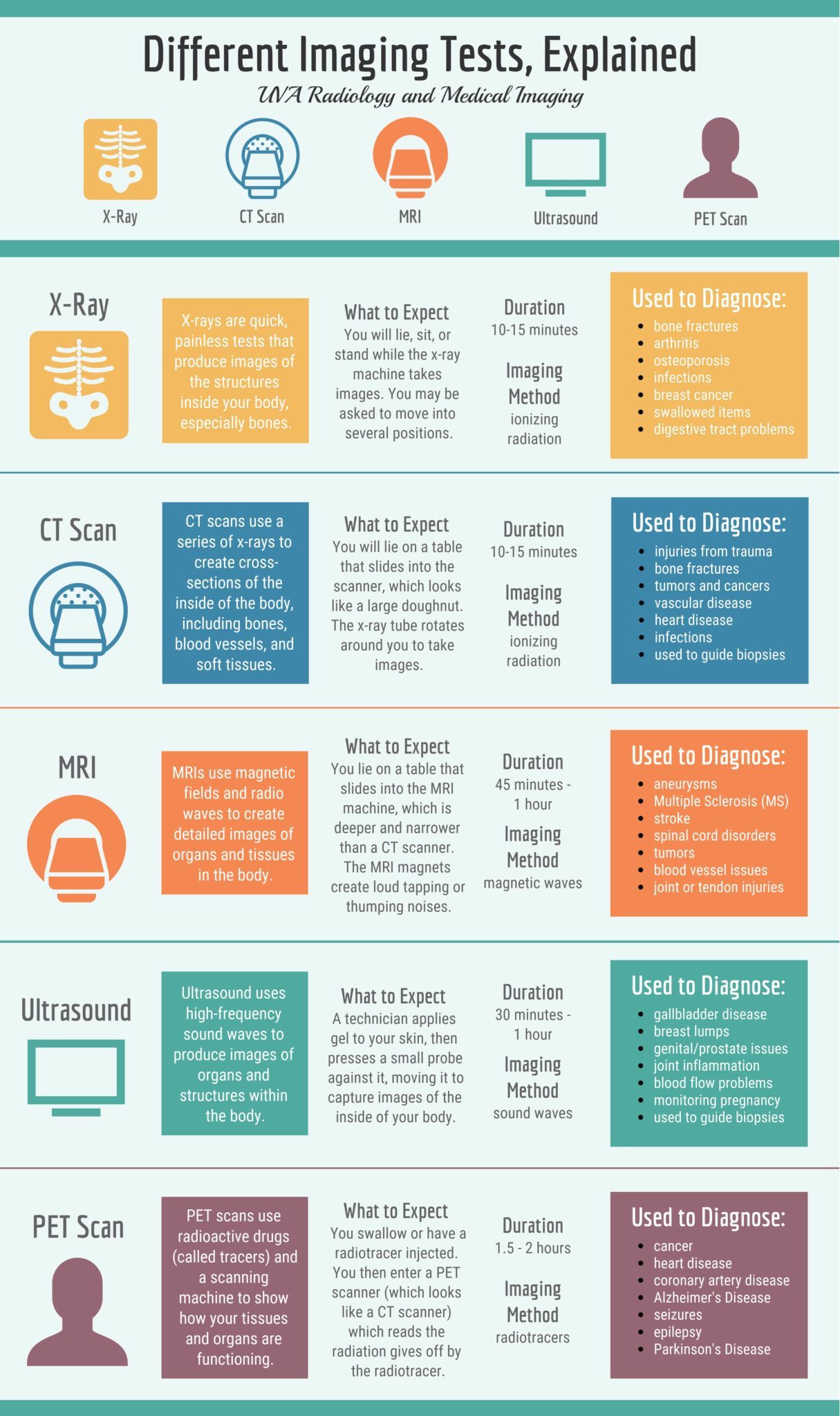
Different Imaging Tests Explained

Diagnostics, Free Full-Text
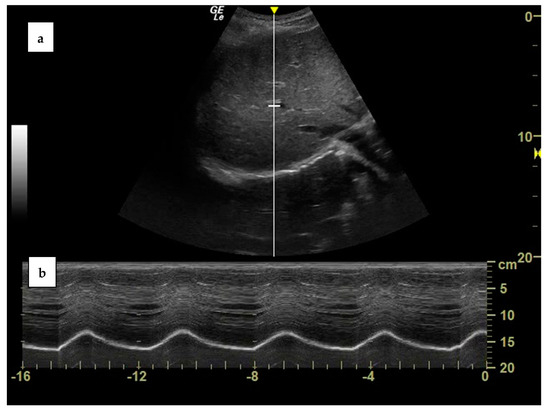
Diagnostics, Free Full-Text
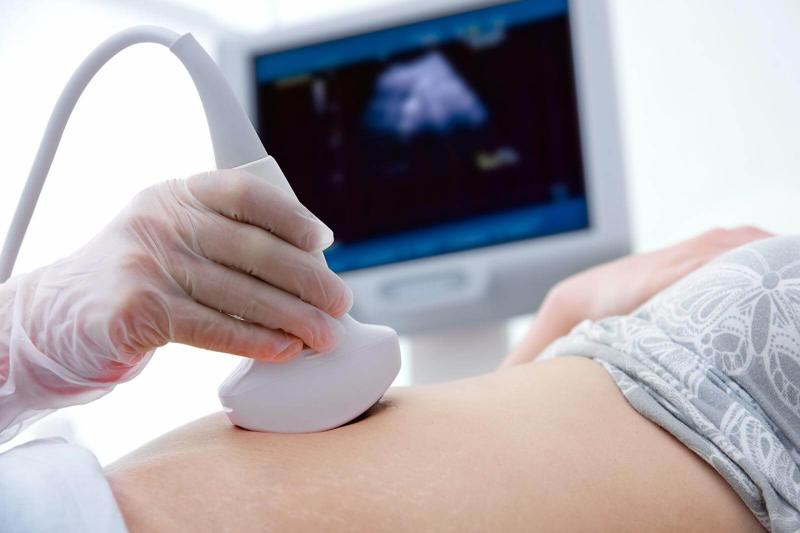
Ultrasound Preparation: Purpose, Procedure and Tips for New Patients
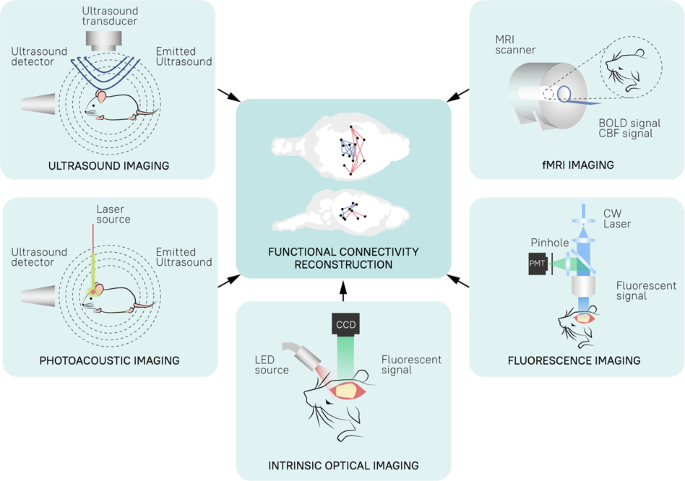
Emerging imaging methods to study whole-brain function in rodent models
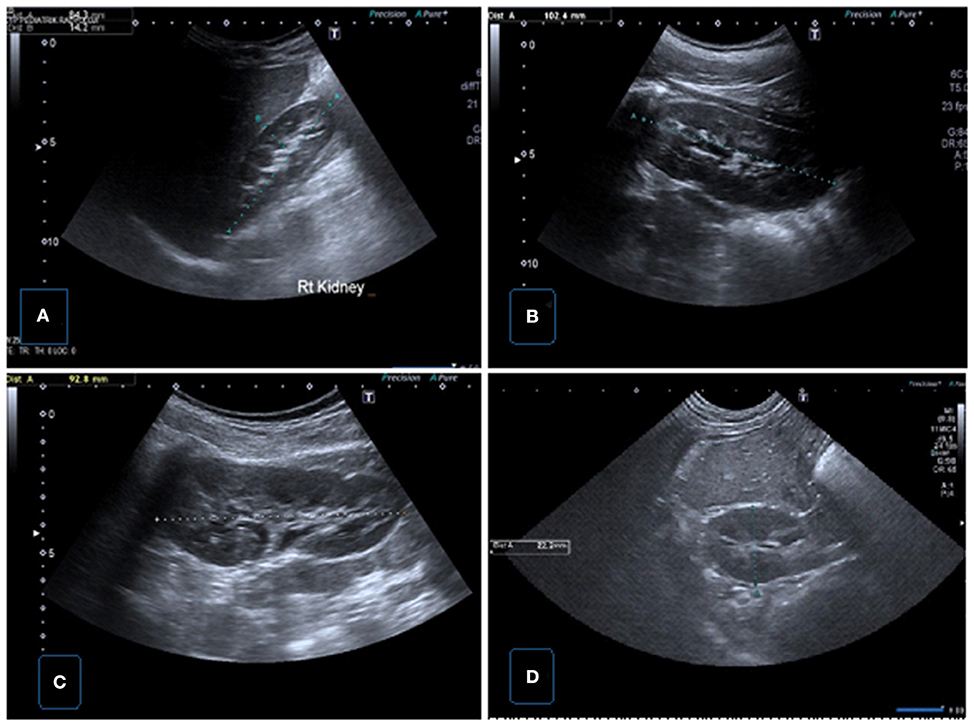
Frontiers Urinary Ultrasound and Other Imaging for Ureteropelvic Junction Type Hydronephrosis (UPJHN)
![PDF] Ultrasonographic Assessment of Diaphragm Function in Critically Ill Subjects](https://d3i71xaburhd42.cloudfront.net/c94f03a0e69ec8d6a27e218a50b6fbcd7d5b0b8b/3-Figure1-1.png)
PDF] Ultrasonographic Assessment of Diaphragm Function in Critically Ill Subjects

